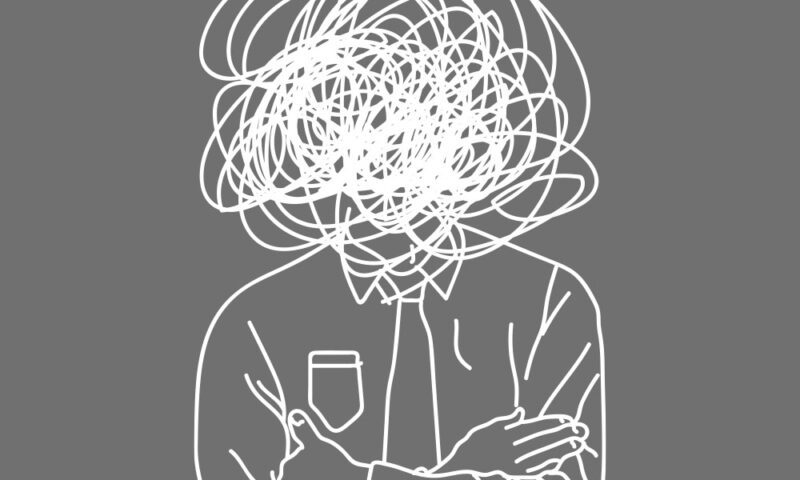
Anti-Burnout Challenge, Day 1: Practice Shutting Down
If you’re reading this, you probably know something about burnout—but might not be sure how to fix it. We designed this week’s Burnout Challenge series to help. Our starting point for the challenge? Learning how to shut down for the night.
This is Day 1 of our five-day anti-burnout challenge. Read part two, on self-compassion, here; part 3, on completing the stress cycle, here; part 4, on remembering your purpose, here; and part 5, on making connections, here.
Feel a bit like a lit match nearing the end of its flame, zapped of its spark?
Sounds like you might be a candidate for our anti-burnout challenge. This week, we’re taking a step back to challenge you, our readers, to take a breather.
Now, to be clear, there’s a lot of information out there targeted toward solving burnout. This information is useful, but it comes with a problem—it adds to the very information overload that many people believe is leading to some of that burnout.
With that in mind, our goal is to offer you one small task each day this week that you can work into your routine in hopes of helping you prevent or ameliorate burnout. To be clear, this is not an out-and-out solution for burnout, nor is it a quick fix for some of the issues that are often confused with burnout, such as mental health challenges or simply a bad day (though these daily exercises might help with those, too). But it is a starting point—a way to encourage activities that, over time, can help you gather your resources to help you pave a path out of burnout.
Today’s anti-burnout challenge: Shut it down.
How to Shut Down
This one’s simple in concept but could prove a little challenging in practice depending on how wired-in you are. Simply put, push yourself to not work anymore—at a certain time, just stop.
Put a red line on your calendar, a Post-it note on your monitor, and set a realistic but specific time for yourself to end your day. And stick to it. Once your designated time comes, resist the urge to do “just one last thing,” no matter how small. If there are must-do tasks you absolutely need to get done today, prioritize them for earlier in the day—now might be a good time to get a good to-do list going.
Once you’ve shut down, don’t look at your work computer, your email, or any other work-related materials. And avoid cheating—those industry blogs you skim at night can wait until later. (Associations Now will be there when you get back to work tomorrow.)
Why You Should Shut Down
Part of the reason why burnout has grown during the pandemic is that it’s all too easy to work more hours in a remote environment.
As a 2020 survey from the staffing firm Robert Half found, nearly 70 percent of remote employees were working on the weekends, and 45 percent were working more hours during the week than they did previously. When your office is in the same place as your home, differentiating the two can be difficult.
With that in mind, it becomes increasingly important to take steps to better separate them—and to learn how to more clearly separate the work stuff from the life stuff. When you’re working, work. When you’re not working … don’t work! That seems obvious, but how many times have you checked your email on a Sunday? Or, worse, written an email on Sunday night? Stop that—the person you’re writing to won’t likely read it until Monday, anyway.
Have any useful shutdown strategies you’d like to share? We’re all ears. Share your insights in the comments below.
(dickcraft/iStock/Getty Images Plus)






Comments